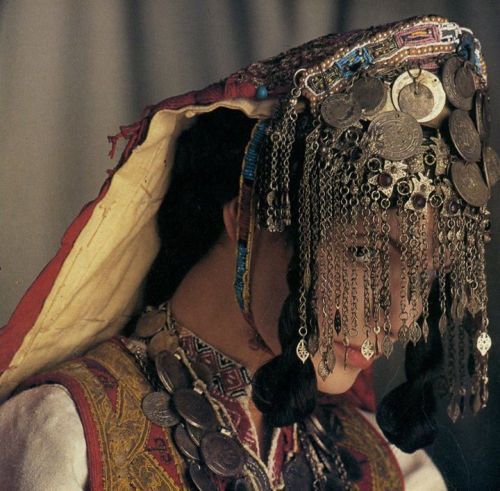#serbian traditional clothes
Text

🔸Serbian girl dressed in serbian traditional clothes from Central Serbia 🇷🇸
🔸Time : 1870s
#serbian#balkan#europe#serbian beauty#serbian traditional clothes#serbian folklor#slavic#serbian women#serbian tradition#Serbian culture#Culture#Tradition#Folklor#19th century#19th century Serbia#serbian aesthetic#central serbia#Centralna Srbija#Srbija#Srpkinja#Narodna nošnja
322 notes
·
View notes
Text

Serbian women, Serbia, by KUD "Sedmica" Ugrinovci
#serbian#serbia#europe#eastern europe#folk clothing#traditional clothing#traditional fashion#cultural clothing
477 notes
·
View notes
Text
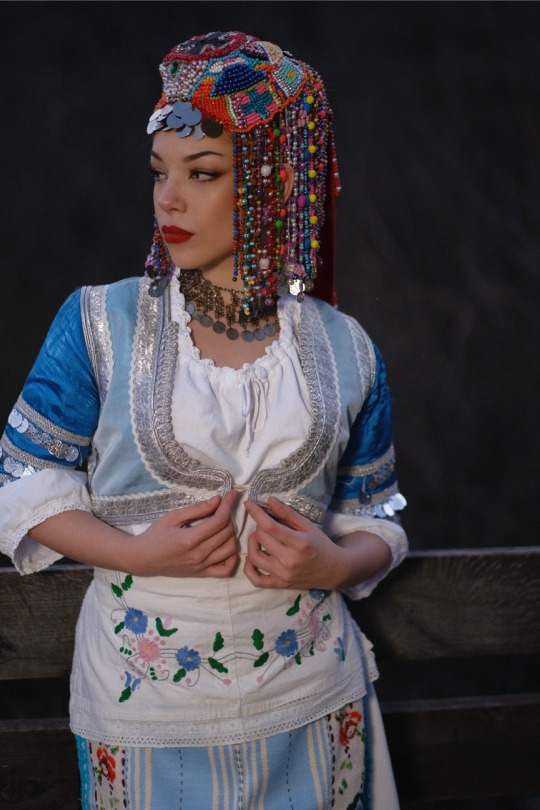
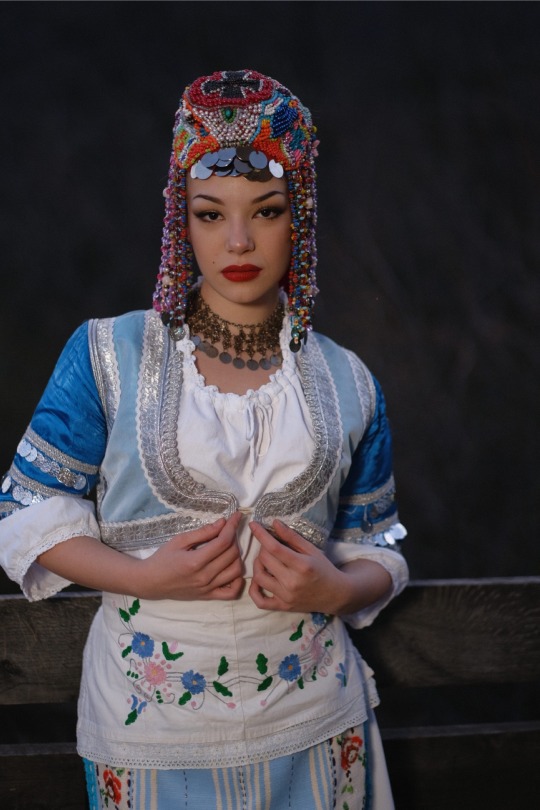
Traditional clothing from Gnjilane, Serbia
Народна ношња из Гњилана
#serbia#srbija#personal#gnjilane#kosovo i metohija#kosovo#traditional clothing#serbian tradition#headwear#photography#aesthetic#girl#makeup#tradition#slavic#balkan#narodna nošnja#folklore#folklor#girls
338 notes
·
View notes
Text
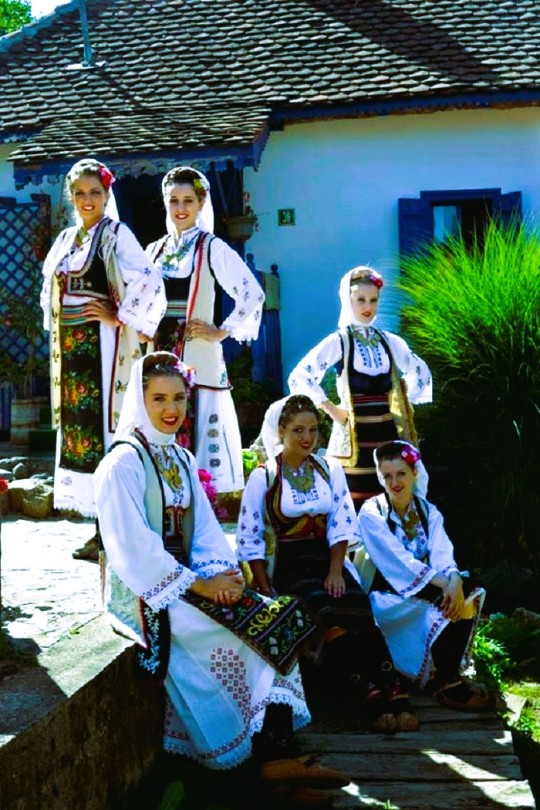
Serbian traditional clothing, also called as Serbian national costume refers to the traditional clothing worn by Serbs living in Serbia, Croatia, Bosnia and Herzegovina, Montenegro, and the extended Serbian diaspora communities in Europe, Russia, United States, etc. Wikipedia
28 notes
·
View notes
Text

Serbian women in traditional Serbian headdress, Gračanica Orthodox monastery, Kosovo & Metohija 🇷🇸
83 notes
·
View notes
Text
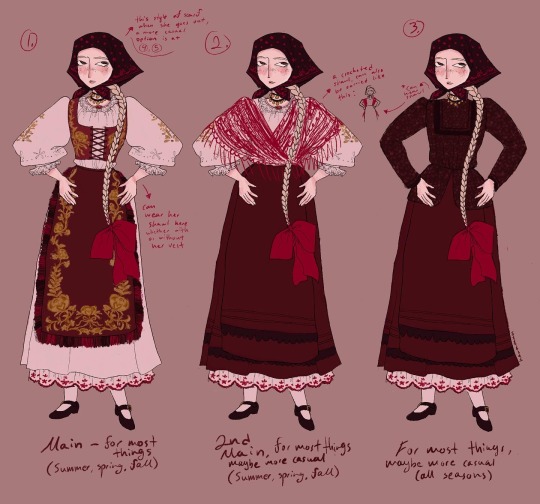
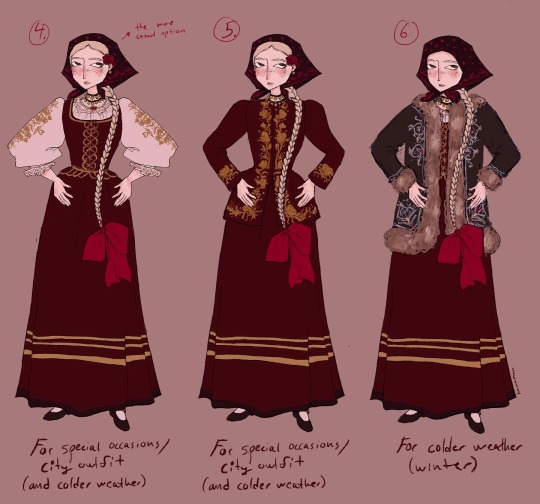
as red as a sour cherry! (her name is probably višnja)
update: i just wanted to write that these are more character design explorations than an actual showcase of folk costume from the banat region of vojvodina, they definitely aren’t 100% accurate and i am actually still working on these!
#my art#artists on tumblr#digital art#character design#original art#original character#hawamun ocs#vojvodina#banat#serbian#folklore#vampire#traditional clothing#i actually got the chance to talk to somebody professional about banat folk costume#and i will redesign these to be more accurate because some of them are a little bit too imaginary for my liking#however it is nice to see that people enjoy these designs so far!
86 notes
·
View notes
Text
can we talk about how beautiful slavic traditional clothing is?

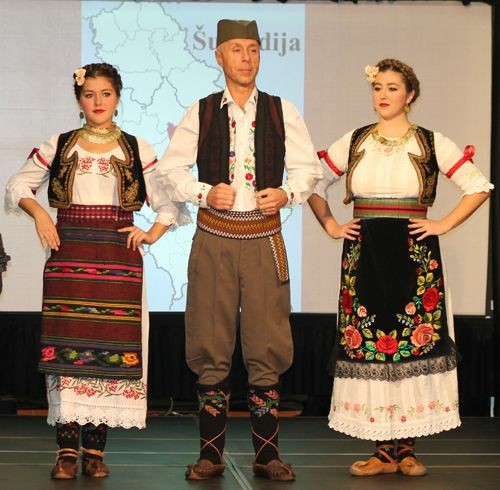

of course, different regions of different countries have their own traditional wear, but they're all so gorgeous and deserve some recognition

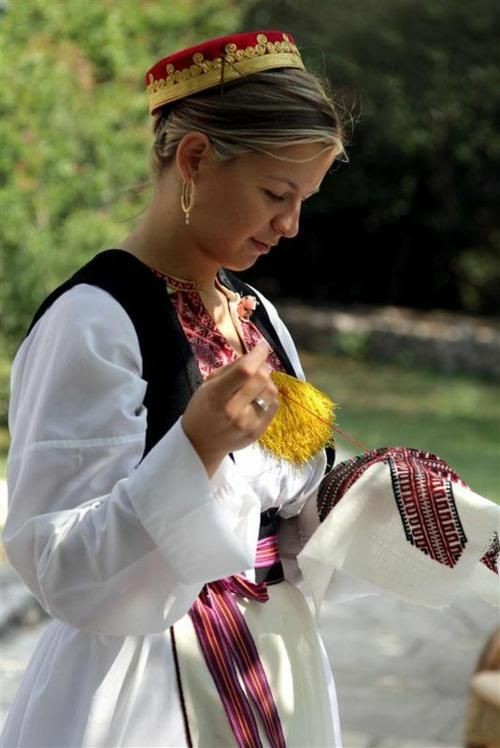
also the hairrrrr, just beautiful cultures all around

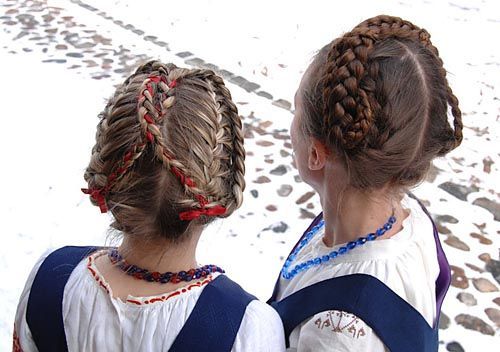
in conclusion, i just want more slavic culture appreciation.
(also i am aware that the baltic countries aren't slavic, i just felt like including them cause i feel like they also get left out)
#slavic#eastern europe#baltic#traditional#tradionalwear#traditional clothing#slavs#serbian#belarus#ukraine#lithuania
73 notes
·
View notes
Photo

hands u a butch from the sumadija region
#south slavic#slavic sapphic#slavic art#wlw#butch#slavic butch#slavic wlw#south slav#oc#traditional media#folk clothing#national costume#slav#balkan#serbia#serbian
35 notes
·
View notes
Text


Like, look at these. Isn't this some of the tightest shit you've ever seen
#(pics found from the link in the content source)#(it's traditional serbian clothing in case u found this post out of context)
1 note
·
View note
Text
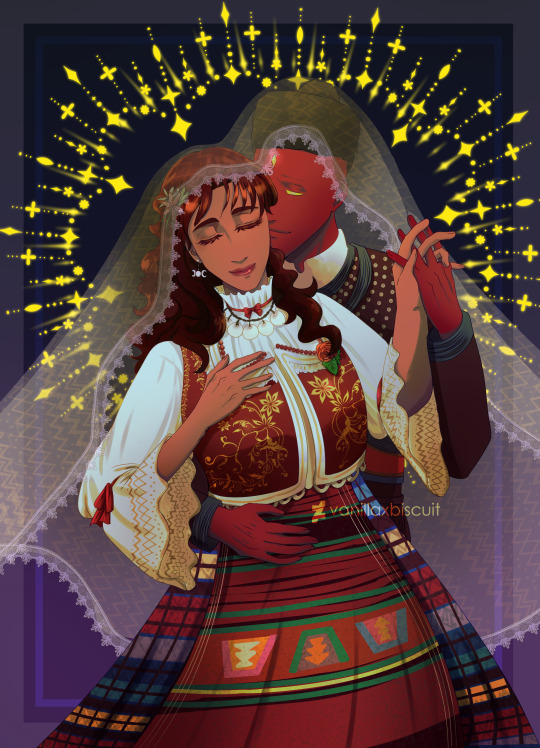
Enchantment
Wanda and Vision wear a traditional Serbian clothes. Pietro and Wanda are romani born at Wundagore Mountain(is a pseudo place that live between Serbia and Transia). Since they're adopted by romani serbian family, I feel both Wanda and Vision look beautiful in Serbian clothes. She remind me from that classic comic, Maryam did wore cloth like that. Wanda in dress is so niche to draw.
#scarlet witch#wanda maximoff#marvel#fanart#my art#vanillaxbiscuit#marvel comics#wanda django maximoff#scarletvision#the vision#art#the avengers
156 notes
·
View notes
Text

◾Retro photography of Serbian girls dressed in serbian traditional clothes from Jablanica region, Southern Eastern Serbia 🇷🇸
📸Owner Olgica Herbstreit
#serbian#balkan#europe#serbian beauty#serbian traditional clothes#serbian folklor#slavic#serbian women#serbian tradition#beauty#Serbian culture#Serbian family#Tradition#Culture#serbian aesthetics#serbian aesthetic#South Slavs#tribali#Illyrians
118 notes
·
View notes
Text

Vlach Serbian women, Serbia, by Benjdo Academy
#serbian#serbia#europe#eastern europe#traditional clothing#traditional fashion#cultural clothing#folk clothing#vlach
263 notes
·
View notes
Text


Headwear from Prizren, Serbia
Оглавље из Призрена
#serbia#srbija#personal#folklore#serbian tradition#tradition#traditional clothing#narodna nošnja#aesthetic#headwear jewelry#photography#prizren#slavic#balkan#girl
137 notes
·
View notes
Text
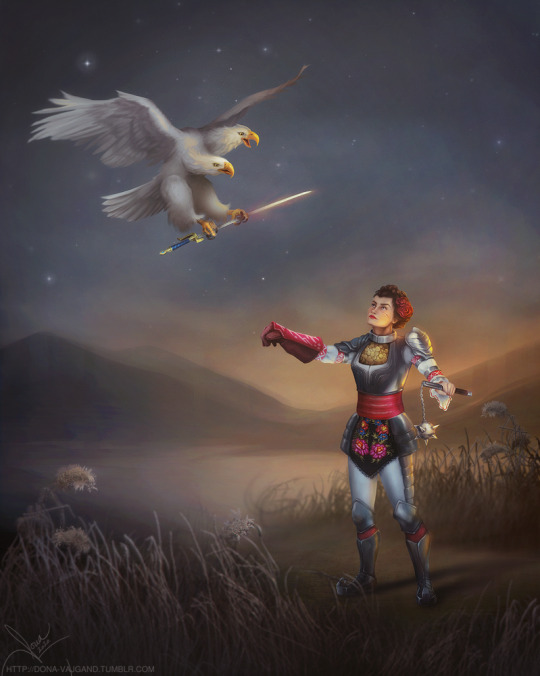
"Valor" (Lady Knight), from 2020.
My take on the Lady Knight, inspired by Serbian traditional clothing and mythology.
It was my first time in a long while doing a background. And I never got around to painting her bulkier form... maybe someday!
#artists on tumblr#illustration#traditional clothing#lady knight#my art#serbia#two-headed eagle#eagle#mythology
18 notes
·
View notes
Text
Flag of the Pueblo Sultanate
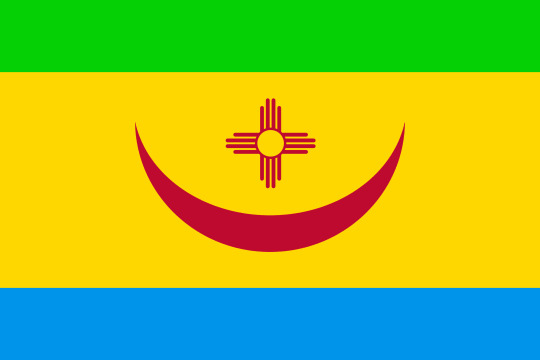
This is the flag of the Pueblo Sultanate. It comes from a world where the Ottoman Empire established colonies in the New World. The Ottomans began in the Caribbean, and soon went on to conquer Mexico. Eventually, the Ottomans made their way to the American Southwest, and subjugated the Pueblo peoples. Life was harsh for the Pueblo people under Ottoman colonialism. Pueblo people were forced to toil away in silver mines to feed the Ottomans’ hunger for precious metals. Several madrasas were established with the intent to convert the Pueblo peoples to Islam. In theory, the madrasas would provide aid, education, and social services to the Pueblo people. In practice, however, the imams often subjected their charges to horrific abuse. Despite this, Islam did manage to spread among the Pueblo peoples. The Pueblo peoples begged for a savior. But where could he be?
The Pueblo people received their answer in the form of a charismatic preacher named Po’Pay. Despite the similar name, he is a separate individual from the Po’Pay of our world. This Po’Pay preached the highly syncretic religion that combined indigenous Pueblo beliefs with Islamic liberation theology. This was in sharp contrast to the Islam of the Ottomans, which frowned upon syncretism, and suppressed indigenous beliefs. Po’Pay teachings began to spread, and soon Po’Pay a revolt against the Ottomans. Though the fight was hard, at last the Pueblo peoples were free from the Ottoman yoke. The Pueblo peoples began to think of themselves not as a collection of disparate tribes, but as a united people sharing in a common destiny.
Po’Pay organized the tribes into a sultanate, with himself as the first sultan. However, the sultan would not rule alone. An assembly of tribes was created. Representatives of each tribe could voice the opinions and concerns of the tribe to the assembly. Thus, the Pueblo Sultanate became the first representative monarchy in the New World. The Pueblo Sultanate stretches over much of what would be he American Southwest.
The Pueblo Sultanate is famous for begin very tolerant, open-minded, and accepting of peoples with different beliefs. Most citizens practice Pueblo Islam, but don’t try to push it on other people. Most women do not veil, and most Pueblo citizen wear traditional indigenous-style clothing. to Po’Pay developed a written script based upon Arabic, and the Pueblo Sultanate is home to several libraries and other centers of learning. In fact, the Great Pueblo Library is world renown for its expansive collection of books. Qurans are written in the Pueblo script, and the call to prayer to announced in the various Pueblo languages. The Pueblo Sultanate is also quite famous for its cooking. Pueblo cuisine combines cooking techniques from the Eastern Mediterranean with spices and ingredients of the American Southwest. The Pueblo Sultanate has a noticeable minority of Greeks, Serbians, Bulgarians, and Amazighs. They are mostly descended from slaves brought over during the days of Ottoman colonialism.
Also, the Pueblo Sultanate isn’t actually called the Pueblo Sultanate in-universe, but I couldn’t think of a better name.
The flag includes the sun symbol of the Zia people, and the crescent moon of Islam. This is a reference to the Sultanate’s mixed indigenous and Islamic heritage. The blue band represents turquoise, an important stone to many Pueblo peoples. The green band represents prosperity, and green is a color associated with Islam. The yellow band is there because it goes well with everything else.
Link to the original flag on my blog: https://drakoniandgriffalco.blogspot.com/2022/06/flag-of-pueblo-sultanate.html?m=1
#alternate history#flag#flags#alternate history flag#alternate history flags#vexillology#alt history#Pueblo Sultanate#Pueblo Tribes#Pueblo Peoples#american southwest#Ottoman Empire#Islam#native americans#native american#indigenous people#indigenous#Pueblo#america#north america#united states#USA#united states of america#Pueblo People
23 notes
·
View notes
